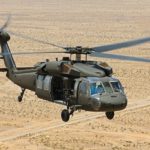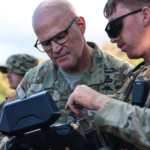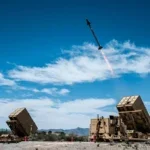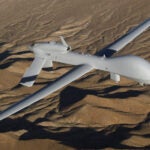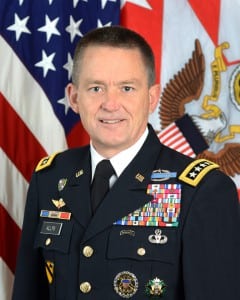
A plan set forth by congressional Republicans to fund the defense budget through protected war spending will not be sufficient to tackle the Army’s modernization needs, an effort which in any case is a lost cause if sequestration-level cuts are reinstated in October, Army Vice Chief of Staff Gen. Daniel Allyn said May 12.As the Pentagon struggles to shore up the various military services after 13 years of combat, “the bill payer for better nuclear capability, better shipping and more…

 By
By 